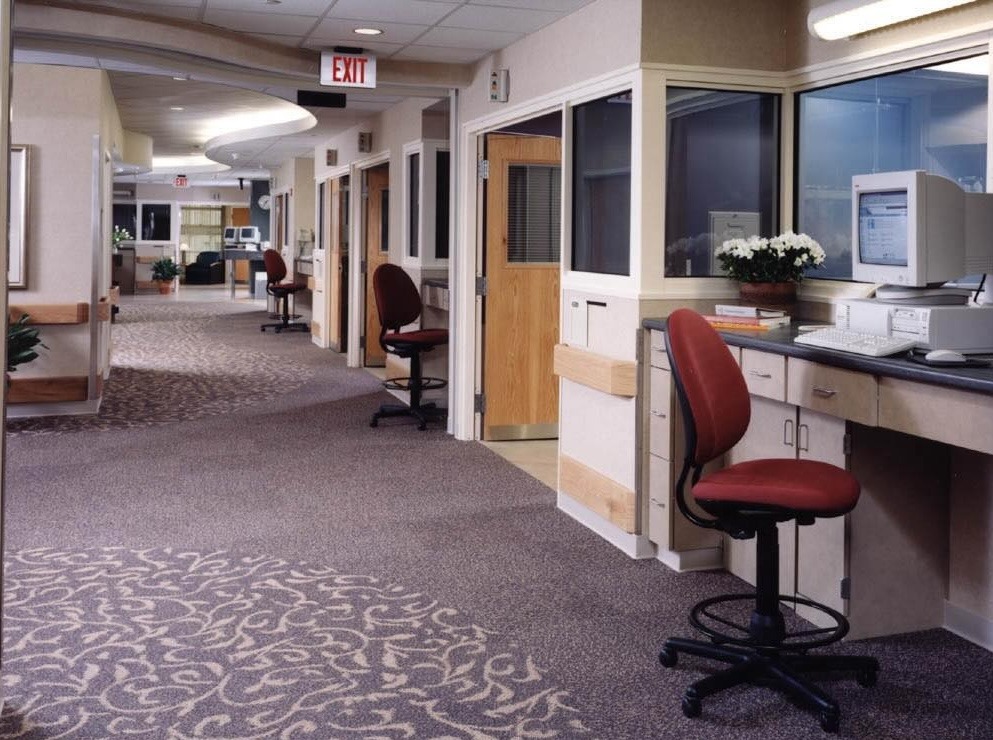As National Nurses Week comes to a close, it's made me think once again about how the design of the physical environment can help improve the mental health and well-being of these dedicated, compassionate front-line caregivers.
During normal times, the job of a nurse is physically demanding and emotionally exhausting. During the past two years, it's been even harder.
Nurse burnout, which was a problem before the pandemic, is an even bigger problem now.
Negative Impacts of Covid-19
According to a mental health and wellness survey of more than 9,500 nurses conducted by the American Nurses Foundation in 2021, nurses were still experiencing negative impacts of Covid-19 on their mental health and well-being. The adverse side effects had increased significantly over 2020.
- Over 34% rated their emotional health as not, or not at all, emotionally healthy.
- Most said they have felt stressed (75%), frustrated (69%), and overwhelmed (62%).
- Close to half (42%) answered “yes”, when asked if they have had an extremely stressful, disturbing, or traumatic experience due to Covid-19.
- Among nurses who said they intend to leave their position in the next six months, close to half cited work negatively affecting their health and well-being (48%) as a top reason followed closely by insufficient staffing (41%).
Reducing Environmental Stressors
While designing more supportive workplace environments, isn't going to resolve all these issues, it can help reduce stress and improve nurses' health and well-being by providing:
- Quieter, clutter-free environments
- Access to natural light and nature
- An appropriate private place to go to vent or express emotion
- Environments free of toxins
My guess is that most nurses went into the profession because they are intrinsically motived to learn new things and take on challenges. Unlike those who are motivated by compensation, advancement, and recognition, nurses thrive on being able to find meaning and purpose in their work.
Some of that meaning and purpose may be communicated in the organization's stated mission. Which is good.
Secret Sauce
But creating healthcare environments that communicate mission and also allow nurses to experience mission and organizational meaning directly -- now that's the secret sauce.
So besides figuring out how to reduce environmental stressors, you should also be asking, "How do we design environments that support why nurses work, not just how they work?"
More Posts on This Topic
Preventing Clinician Burnout by Designing a Better Place to Work
Does the Culture of Deprivation Still Exist in Healthcare?
Every Nurse Deserves a Zen Den or Tranquility Room.
P.S. Please do me a favor -- if you liked this post and like this blog, please share it with others by sending them the link or posting it on your Twitter, LinkedIn, or Facebook. Also, don't forget to subscribe, so you'll get emails when new content is posted. Thanks!







